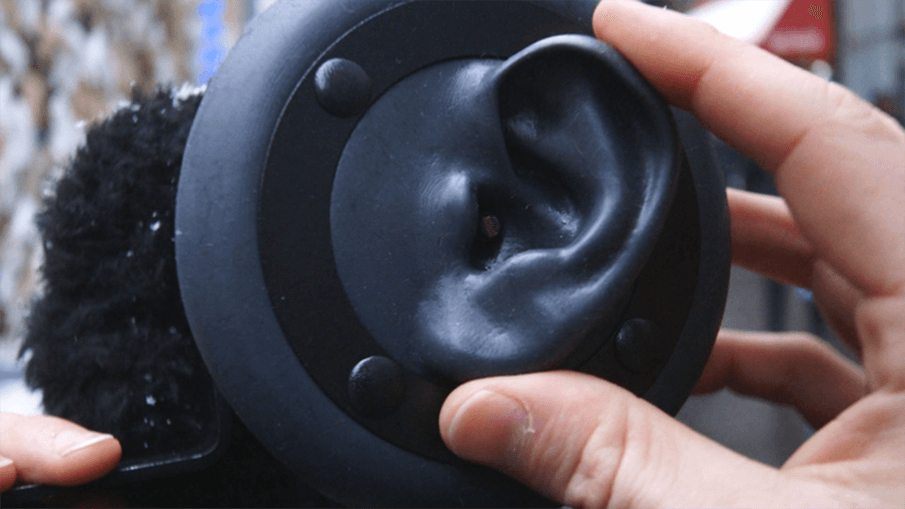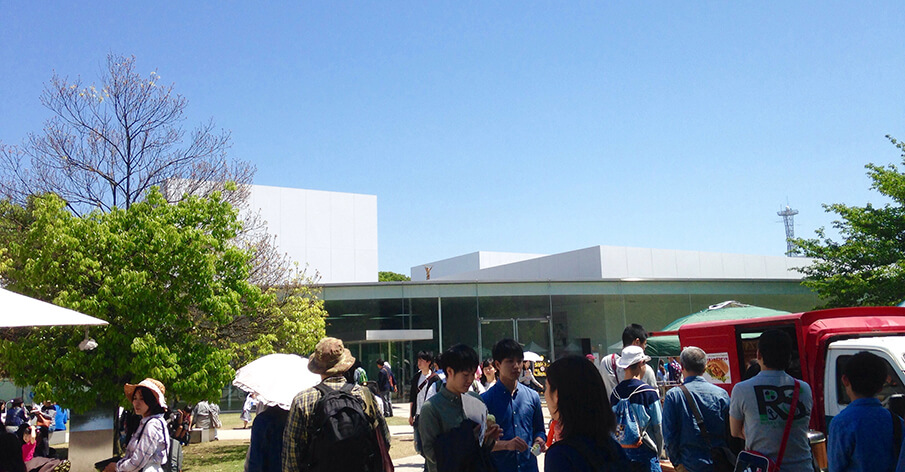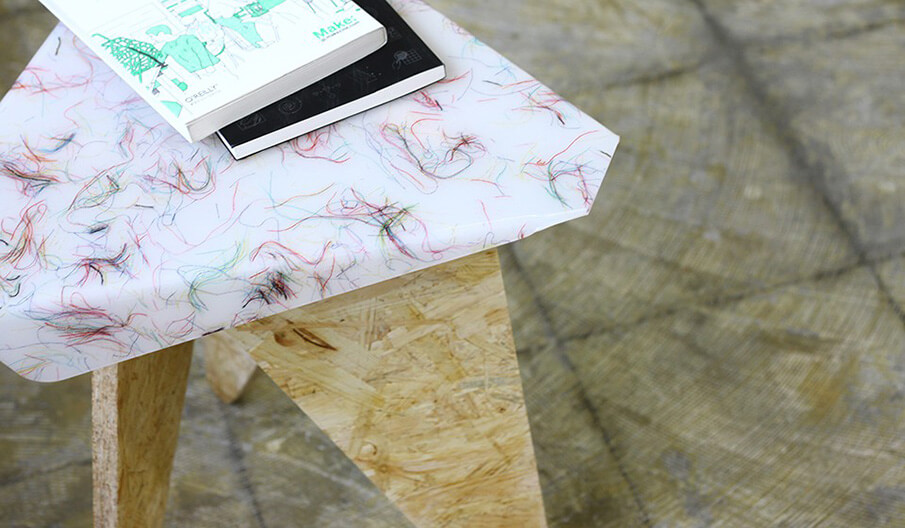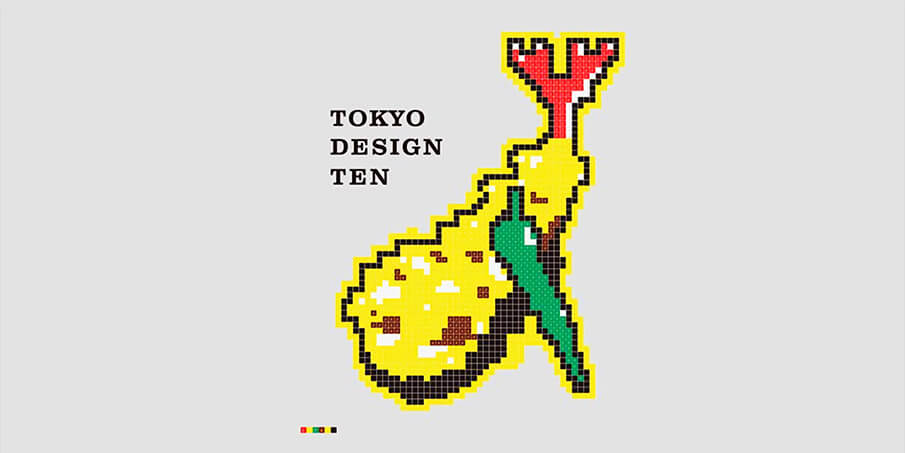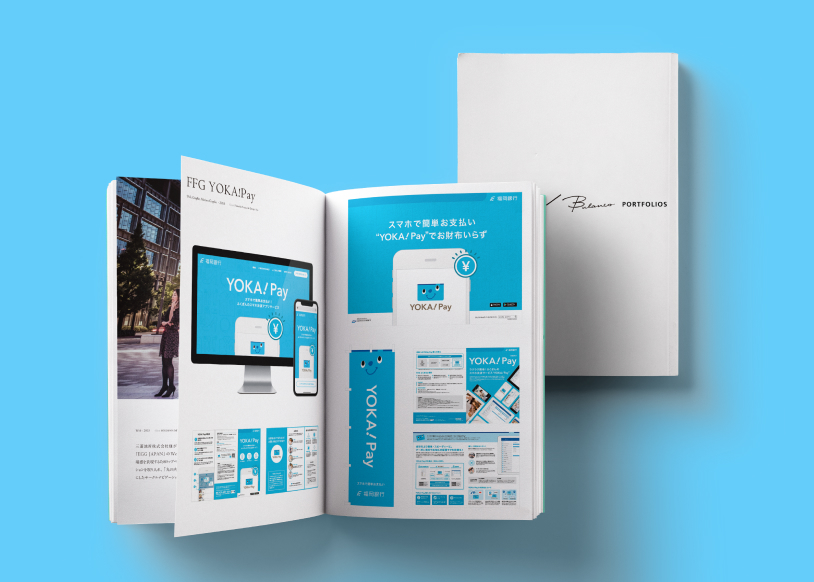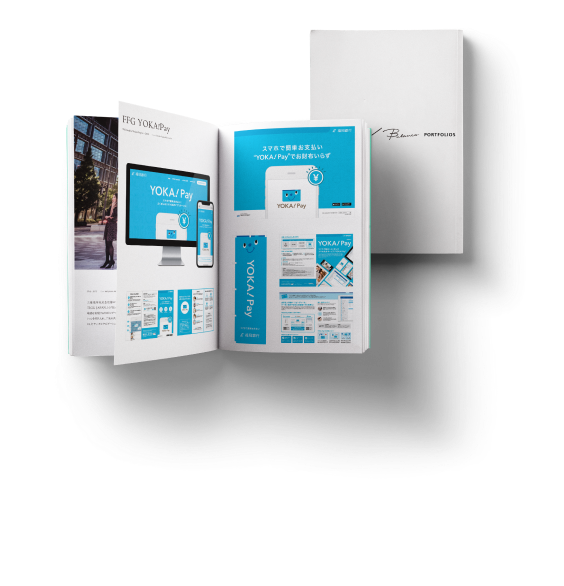今、世界が注目するサウンドデザインIn this post I will talk about a few of my big passions: sound and music.
こんにちは!イブです。今回は、私が今とても気になっている「サウンドデザイン」についてご紹介します。
日常に溢れている音
「サウンドデザイン」というと映画やテレビCM用の音楽制作を想像されるかもしれませんが、音楽は私たちの日常生活で“デザインされたもの”として色んなシーンで重要な役割を担っていると思います。
例えば信号が青になった時に流れる音や、駅のホームに列車が到着した時の音、お気に入りのBARの入り口を開ける音など。
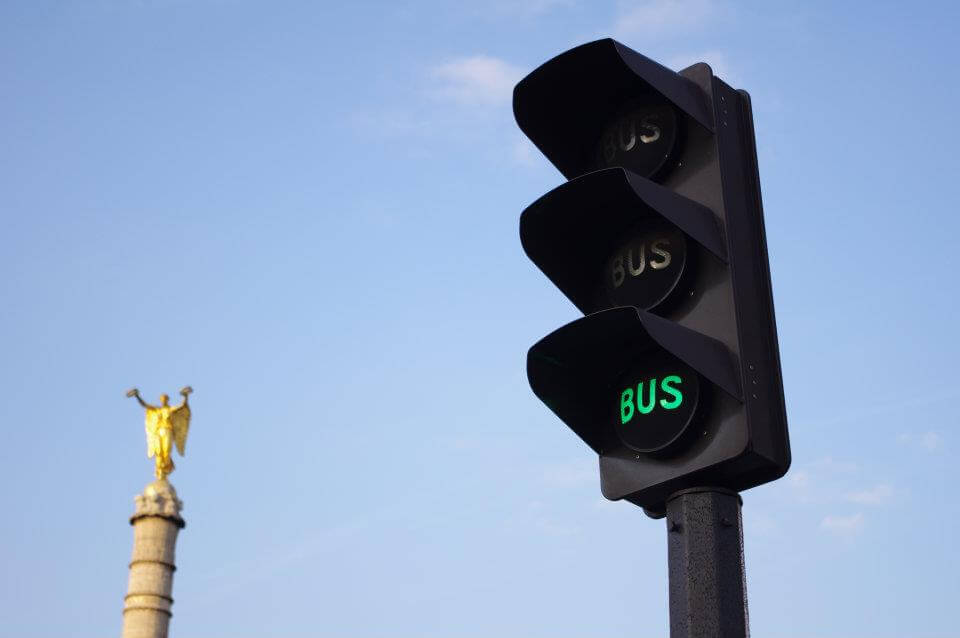
脳への作用
私たちの耳は非常に敏感で、すごく小さな音でも認識することができます。そして音楽は、脳のほぼ全ての部分に働きかける力を持っていることが明らかになっています。
音と脳の関係性については未だ完全には明らかにされていませんが、音が私たちの行動や振る舞いに大きく影響していることは確かなようです。
マーケティングにも活用
マーケティング業界ではすでに音楽をあらゆる方面で活用しています。
スーパーマーケットではゆっくりとした音楽を流すことで、お客さんがゆっくりと歩くことを促して棚の前に長く居てもらい、商品をより多く買ってもらうことを狙っています。またBARでは速い音楽をかけることで、お客さんがお酒を飲むペースを速めるという効果があるみたいです。
しかし特に空間デザインなど、デザインの現場では“音”の存在を無視しているものが多いようです。駅などの公共スペースに、耳障りで不快な音がたくさん存在しているように思います。
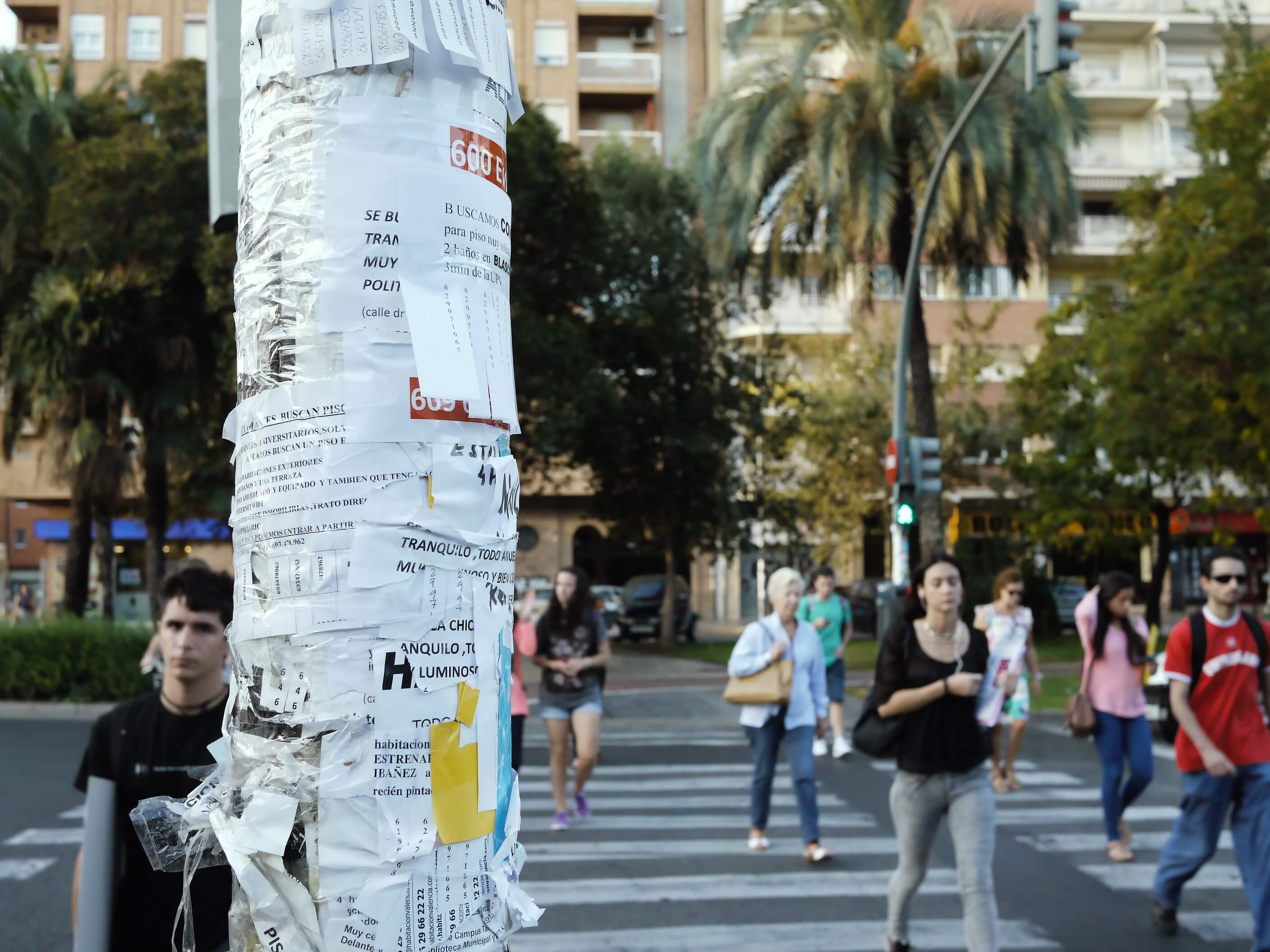
ニューヨークのサウンドデザイン
実はこの不快な音などについての問題は、少しずつ改善されつつあります。
有名な例は音楽プロデューサーでありニューヨーク地下鉄のサウンド設計者、ジェームス・マーフィーによるプロジェクトです。
彼の構想では、ニューヨーク地下鉄の改札は機械ごとに違ったトーンで、全音階の音が鳴ります。改札にカードを通す度に、全ての改札が音楽を奏でるのです。あれだけの人混みと喧騒の中で、人々は音を楽しめるという訳です。
このプロジェクトはまだ実現していませんが、彼はその実現の日を心待ちにしています。
クラシック音楽で防犯!?
地下鉄で音楽を活用した素晴らしいプロジェクトがほかにもあります。 それは若者の犯罪者を減らすためにクラシック音楽が地下鉄の駅構内で流されるものです。
一般的な統計では、若者の犯罪者はクラシック音楽をあまり好まないことを利用しているようです。このプロジェクトの調査によると、これは非常に効果的だったようで、今ではアメリカを始め世界中の地下鉄で採用されています。
“音”が注目される未来
うまくいけば、音響やサウンドデザインに対する注目はより一層強まっていくと思います。
私たちが迎える未来は「Look nice!」なだけではなく「Sound nice!」と言えるようになりそうですね。
原文はコチラ
日本語版翻訳:舘 紗也子
When people talk about ‘sound design’ they often mean creating particular sounds for movies and commercials. However, sound plays an important role in many aspects of our daily life. Think of the sounds you hear when the traffic lights turn green, when you check in at the train station, or when going to your favourite bar.
The ears are extremely sensitive and can detect even miniscule sound intensities. And music has been shown to activate almost the entire brain. Even though scientists are still far from understanding completely how sounds and music influence the brain, it is becoming clear that it can have a great impact on people and their behaviour.
In the marketing world they are already aware of this and making use of it. Having slower music in supermarkets and shops will make customers walk slower, prompting them to linger around shelves for longer and buy more. On the other hand, having fast music on in bars can significantly raise the speed of drinking and the number of drinks bought.
Yet it in many designs, such as spaces, it seems like sound has been ignored. In restaurants for example I have often experiences that I could barely understand the person opposite me, because of bad acoustic design. There are also many examples of harsh and unpleasant sounds in the public space, when for example checking in at the train station.
Luckily this is slowly changing. A great example is a project by James Murphy, the frontman of LCD Soundsystem, who redesigned the sounds of the NYC subway to be more soothing. By making the different ports play different tones of a diatonic scale when checking in, you can even hear music when there are many people!
Another nifty way in which music has been used in subways to influence behavior. Classical music was introduced in subway stations as to deter criminal youth who are assumed to not like it. From what has been observed this approach seems to work, and it has been implemented at many other subway stations around the world.
Hopefully the attention for acoustic and sound design will keep growing, so in the future our environment will not only look nice, but also sound nice.



